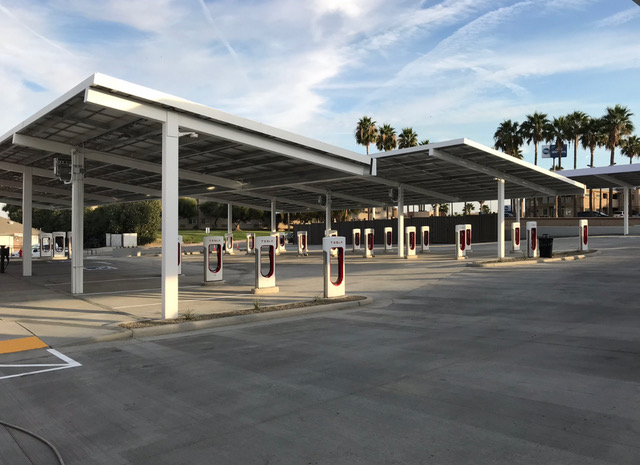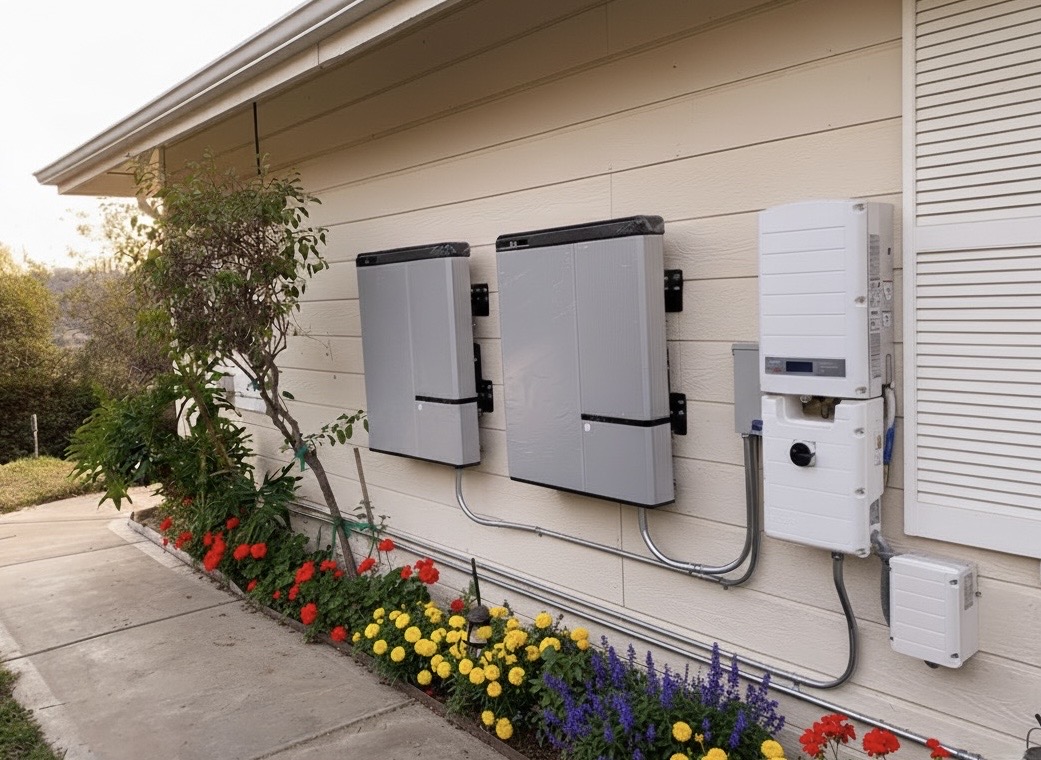Commercial Backup Generator Installation in Glendale
When power goes down on Brand Boulevard or Colorado Street, Glendale businesses can't stop serving customers. Shaffer Construction, Inc. designs and installs commercial backup generator systems that keep retail, office, medical, and hospitality operations running—whether you're near the Americana at Brand and Glendale Galleria or up by the Alex Theatre and Brand Library. We manage everything: load studies, generator sizing, permits with Glendale's Building and Safety Division, and seamless cutovers with Glendale Water & Power (GWP). Our team plans around your schedule to minimize disruption, and we engineer solutions that meet local codes, noise limits, and site constraints. From small suites to multi-tenant buildings, we deliver reliable power that matches Glendale's pace.
Our Work



Benefits
Power Resilience Built In
We design commercial systems that scale with your operations: paralleling generators for higher kW loads, smart ATS with load-shedding, and building automation integration via Modbus/BACnet. Our solutions support hybrid configurations with solar and batteries, and cloud-based monitoring provides live alerts, runtime logs, and remote testing. Whether you’re planning phased tenant improvements or future EV fleet charging, we engineer pathways—conduit stubs, reserved breaker capacity, and networked controls—so your generator plant can expand without rework, delivering long-term value for Glendale properties.
Guaranteed Compliance Every Step
Shaffer Construction navigates Glendale’s permitting from application to final inspection. We produce code-compliant drawings referencing the California Electrical Code (NEC), California Building Code, and applicable NFPA standards (NFPA 70, NFPA 110, NFPA 37), plus healthcare-specific requirements when applicable. We coordinate with GWP for service-entrance ATS work, the Fire Department for fuel storage, and SCAQMD for diesel standby permits. Our team attends inspections, provides as-builts, and ensures labeling, signage, and testing meet the City of Glendale Building and Safety Division’s expectations.
Reliable, Expert Workmanship
We use industrial-grade equipment from leading manufacturers—Cummins, Kohler, Generac Industrial, and MTU—paired with copper THHN/THWN-2 conductors, rigid steel or aluminum conduit, and NEMA 3R/4 enclosures. Sound-attenuated weather housings, spring vibration isolators, and epoxy-set seismic anchors meet CBC/ASCE 7 requirements. Service-entrance-rated ATS, closed- or open-transition schemes (as approved by GWP), and UL-2085 double-wall fuel tanks ensure reliability and compliance. Every termination is torque-verified and labeled; we megger feeders and perform functional testing to deliver a safe, dependable installation.
Custom Power Solutions
Every Glendale site is different. We begin with a load profile and runtime goals, then evaluate fuel availability (natural gas vs. diesel), exhaust routing, and placement constraints—alley, rooftop, or grade. We model noise and airflow to protect neighboring tenants, plan crane logistics for Brand Blvd or Central Ave if needed, and map a cutover strategy that avoids business hours. The deliverable is a stamped, buildable plan set—including one-line diagrams, conduit schedules, anchorage details, and ATS sequencing—tailored to your building and business continuity requirements.
What We Offer
Frequently Asked Questions
What generator size do Glendale retail or office suites typically need?+
Small to mid-size retail or office tenants often land in the 20–80 kW range, depending on HVAC, POS/IT, lighting, and elevator requirements. Multi-tenant buildings or medical suites can exceed 100 kW, especially with imaging equipment or large air handlers. We complete a load study per California Electrical Code Article 220 and evaluate run-time goals (e.g., 8–24 hours) to recommend the right kW and fuel strategy.
Is natural gas or diesel better for commercial generators in Glendale?+
Both work well. Natural gas offers clean operation and no on-site fuel storage, but requires verifying gas pressure/flow during outages. Diesel provides high power density and longer run-times with on-site tanks, but needs SCAQMD permitting and Fire Department oversight. We assess your utility gas service, runtime goals, and placement constraints to choose the best option and handle all associated permits.
How do you control noise for generators near Brand Blvd or Central Ave?+
We specify sound-attenuated enclosures, critical grade silencers, vibration isolation, and—in tight sites—acoustical screens or barrier walls. We model dBA at property lines and sensitive façades to align with Glendale’s noise ordinances. Placement, exhaust direction, and operational testing help ensure neighboring businesses and residences are protected, even in dense mixed-use blocks.
Will the generator power elevators, fire alarms, and life safety systems?+
Yes—if your design includes those loads. We separate legally required emergency systems from optional standby loads per NFPA 70/110 and provide dedicated ATS or transfer schemes as required. We coordinate with the Glendale Fire Department on life safety integration and confirm that elevator recall, fire alarm, emergency lighting, and stair pressurization (if present) operate correctly on generator power.
How long will installation take and what about downtime?+
Most commercial installs take 2–5 days on-site after the 2–3 week permit period. We stage work to keep your business open—prefabbing conduits, pouring pads early, and scheduling the ATS cutover after-hours or on low-traffic days. Actual “dark time” is minimized and often limited to a brief, planned window coordinated with Glendale Water & Power.
Ready to Get Started?
Contact us today for a free consultation and quote on your electrical project!
Contact Us